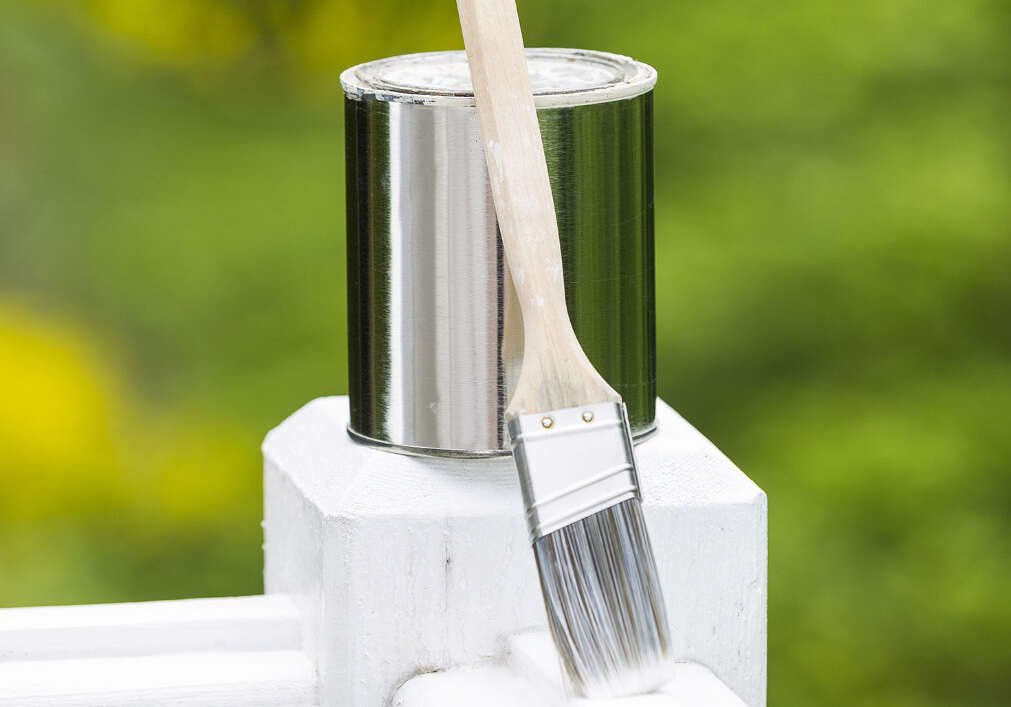
01 Jan Eco-Friendly Painting: Tips for a Sustainable Home
Eco-Friendly Painting: Tips for a Sustainable Home
A fresh coat of paint can instantly transform a space and give your home a new and improved look. However, traditional paints can contain harmful chemicals that can have a negative impact on both your health and the environment. Luckily, there are eco-friendly painting options available that offer a safer and more sustainable alternative. In this blog, we’ll share a few tips for eco-friendly painting to help you create a sustainable home.
Choose Eco-Friendly Paint
Many paint companies now offer eco-friendly product line options that are low in volatile organic compounds (VOCs). VOCs are harmful chemicals that can emit toxic fumes into the air. Look for paint products labelled as low or zero VOC, and/or that have achieved certifications such as Green Seal or LEED, which indicates that the brand meets certain sustainability standards. These paints also tend to be made with natural, biodegradable ingredients which make them safer for you and the environment.

Use Recycle Paint Products
Instead of purchasing new paint, consider using recycled or leftover paints from previous projects. These products are not only more sustainable but also can add unique colors and textures to your walls. You can check with your local hardware store, paint store, or a painting contractor for any available recycled, mis-tinted, or mis-ordered paint options. Bonus, you may be able to score these products free or at a discounted price!
Use Low-Impact Painting Techniques
Choosing eco-friendly paint products is only half the battle. Using eco-friendly painting techniques is equally important to create a truly sustainable home. Some techniques to consider include masking using recycled materials, such as an old bed sheet instead of a new drop cloth. Other low-impact methods include using natural brushes and rollers and cleaning up with biodegradable solvents. Low-impact painting techniques can further reduce the impact on the environment.

Interior Air Quality Considerations
If you are going to be painting your home interior yourself, ensure you open windows during and after you paint in order to allow paint fumes to escape. This will allow paint fumes to dissipate and protect your home’s air quality. Another tip is to run an air purifier in the room/s you paint after painting to purify the air in your house.
Dispose of Eco-Friendly Paint Properly
Traditional paints and cleaning solvents are considered hazardous waste and should not be disposed of in your regular trash or poured down the drain. These harmful chemicals can pollute our waterways and harm aquatic life. Instead, look for local recycling centers that can take in your unused paint, or share with neighbors or friends who may have use for it. If you have questions about how to dispose of paint products properly, contact your local environmental services department for proper disposal.
In conclusion, adopting an eco-friendly painting approach is not only beneficial for the environment but also for your health and the overall quality of your home. With the wide availability of eco-friendly paint products, there’s no excuse for not joining the eco-friendly bandwagon. With these tips in mind, you can take steps towards creating a more sustainable home. If you have questions about eco-friendly painting or need help with a painting project, we are happy to help!

